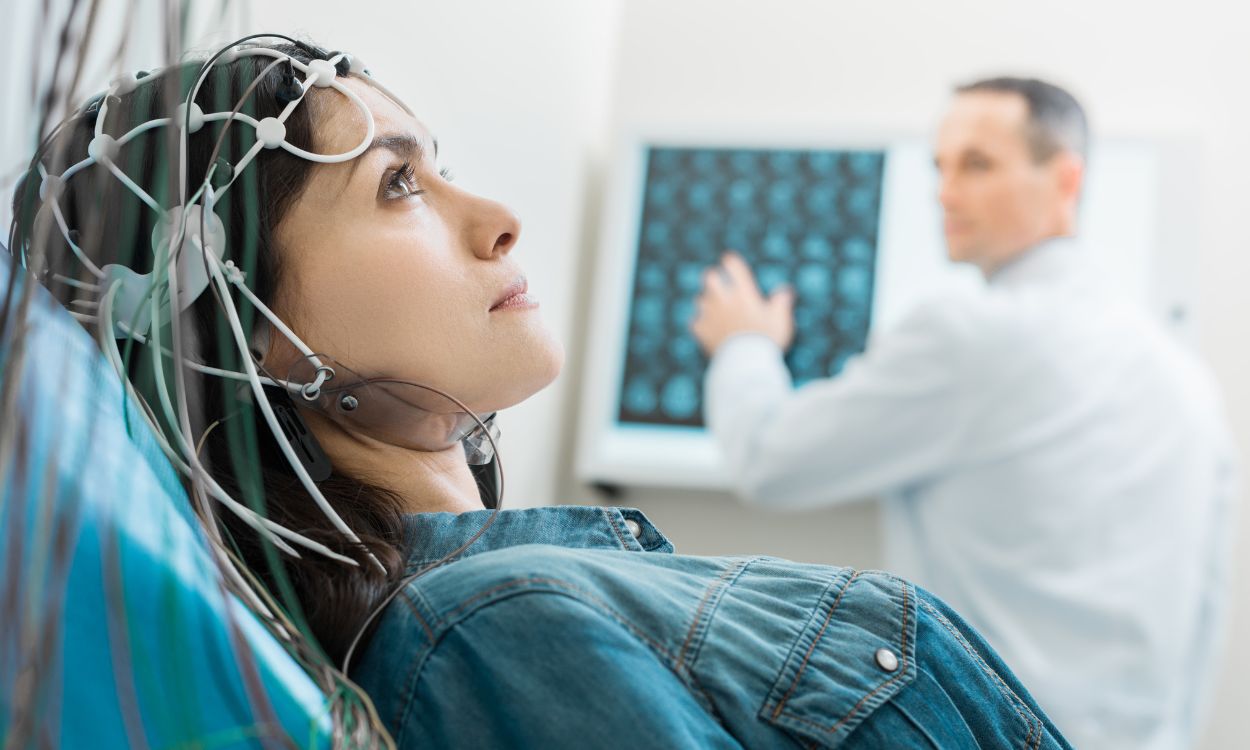This article and the research behind it regards a type of brain stimulation called transcranial alternating current stimulation. This is a different technology to transcranial pulse stimulation, which is used by Alzheimer’s Clinics, although this research may further support...
This article and the research behind it regards a type of brain stimulation called transcranial alternating current stimulation. This is a different technology to transcranial pulse stimulation, which is used by Alzheimer’s Clinics, although this research may further support brain stimulation’s positive effect on memory.
Long-lasting, dissociable improvements in working memory and long-term memory in older adults with repetitive neuromodulation
A new paper published this month in the journal Nature Neuroscience, shows evidence that repetitive brain stimulation of healthy participants can cause selective memory improvements that last up to one month post-treatment.
By selectively stimulating areas of the brain involved in different types of memory, researchers were able to improve the participants’ performance on tests designed to measure that specific type of memory. One experiment involved low-frequency stimulation of the prefrontal cortex, which boosted working memory, while another involved stimulation of the parietal cortex, which improved long-term memory.
All participants were between the ages of 65 and 88 and had no signs of cognitive impairment. Future studies may seek to investigate the effect of the stimulation on individuals with Alzheimer’s or other types of dementia which may impair certain types of memory.
Researcher Shrey Grover says the stimulation therapy could be used alongside traditional treatment methods to provide an extra cognitive boost. “Any efforts to remain cognitively engaged are always welcome, this kind of approach is perhaps something that could be added on to things that people are already doing.”
What is Transcranial Alternating Current Stimulation?
Transcranial Alternating Current Stimulation (tACS) is a type of transcranial electrical stimulation, in which electrical currents are used to stimulate targeted areas of the brain. These currents are produced by electrodes which are placed along the scalp with a conductive gel. Unlike Transcranial Direct Current Stimulation (tDCS), a more commonly used neuromodulatory technique, tACS oscillates a sinusoidal current to interact with the brain’s natural cortical oscillations.

How does tACS differ from TPS?
TPS (Transcranial Pulse Stimulation) is the brain stimulation technique that is used by Alzheimer’s Clinics as a medical intervention for Alzheimer’s disease. TPS is similarly a neuromodulatory technique which is used to stimulate targeted areas of the brain to improve areas of cognitive functioning, including types of memory.
TPS uses high-frequency acoustic pulses, which don’t affect electrical signaling directly, as tACS does, but rather through mechanotransduction. This is a mechanism by which cells convert mechanical stimuli into cellular responses.
It is too early to draw conclusions as to whether tACS and TPS are improving cognitive function in memory in the same way, but this is an interesting and exciting area for research in the near future.
Link to the full BBC News article here: https://www.bbc.co.uk/news/health-62606510
Link to the paper here: https://www.nature.com/articles/s41593-022-01132-3











